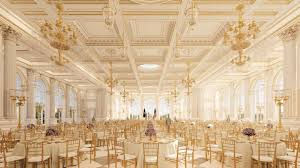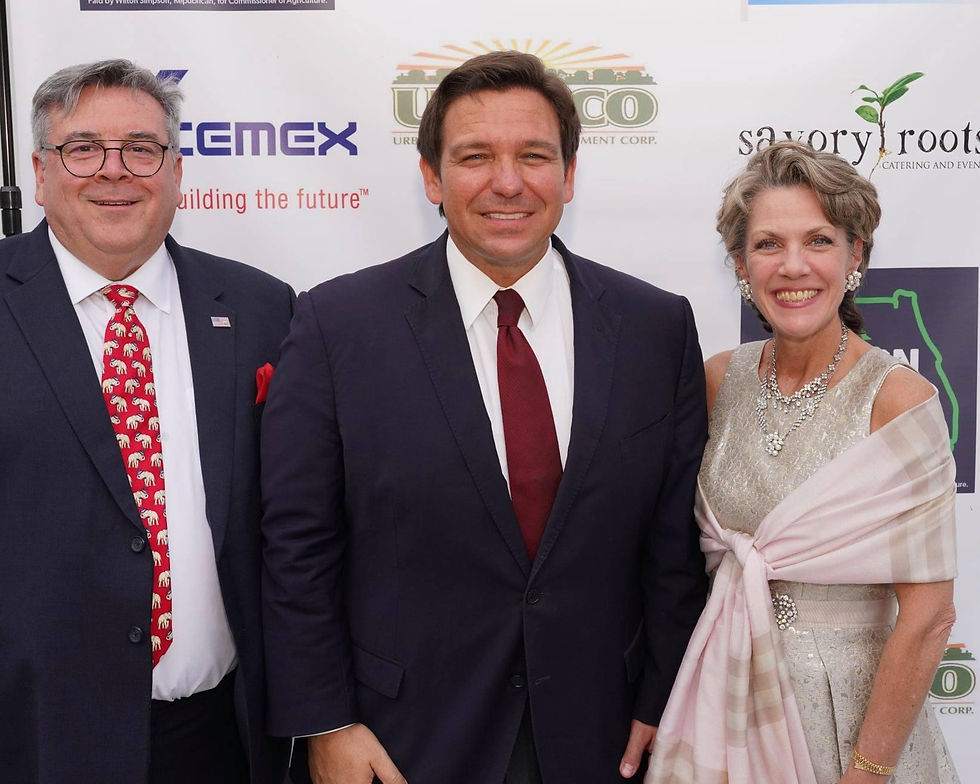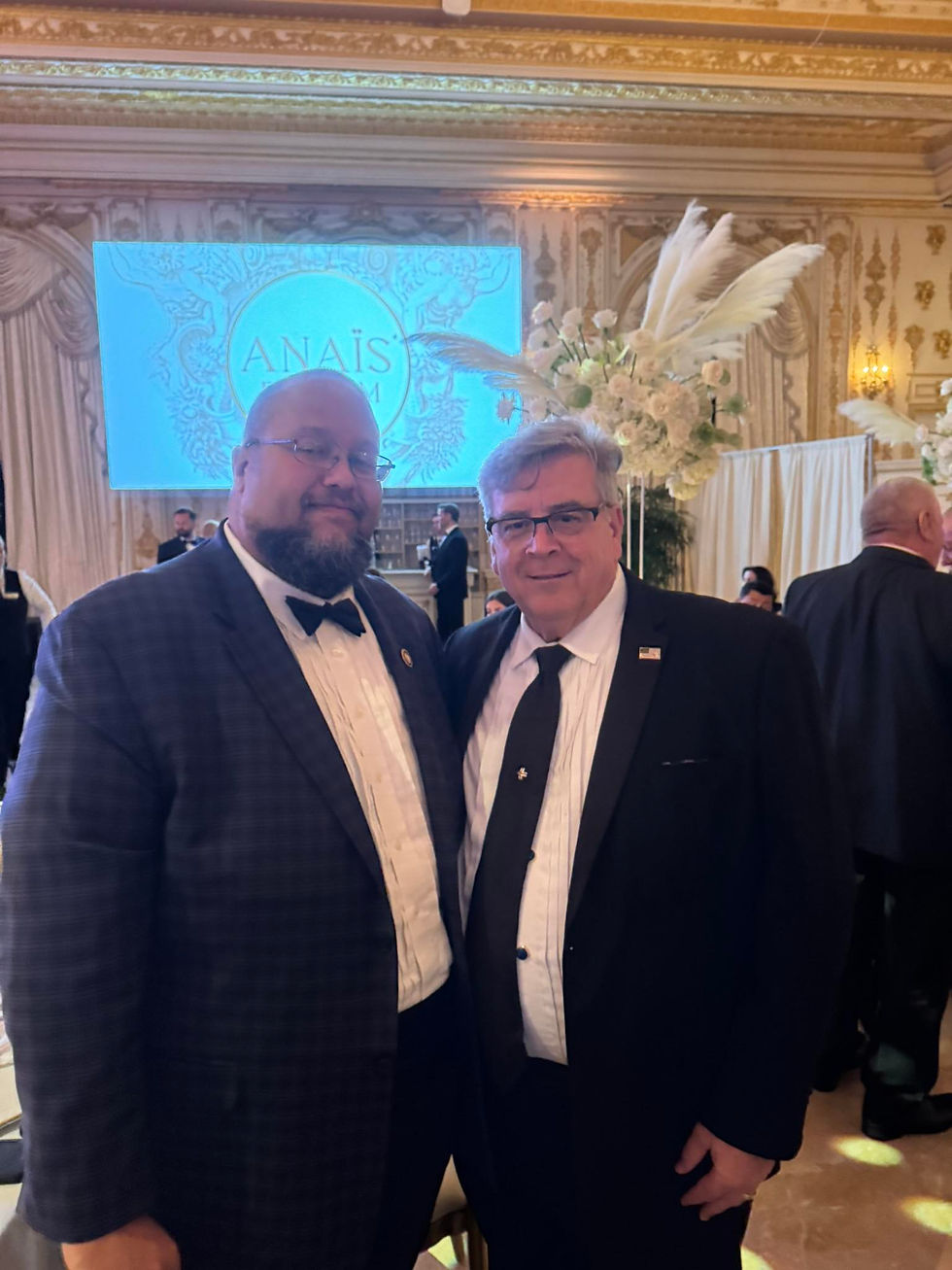A Quick Tour of White House Renovations—President by President
- The Chairman

- Oct 25
- 4 min read

From fires and full-gut rebuilds to solar panels and press rooms, nearly every president has left a mark on the Executive Mansion. Here’s a concise, chronological guide to the major renovations and additions—and who did what.
The Founding Era to the 1800s
James Madison / James Monroe (1814–1817; 1817–1824): After the British burned the house in August 1814, architect James Hoban rebuilt the residence, finishing in 1817. Hoban later returned to add the South Portico for Monroe (1824). (WHHA (en-US))
Andrew Jackson (1829–1830): Added the iconic North Portico, aligning with Monroe’s South Portico to balance the facades. (WHHA (en-US))
Thomas Jefferson (1801–1809): Earlier, Jefferson modernized the house with indoor water closets, kitchen upgrades, and service spaces (and laid groundwork for later colonnade work). (WHHA (en-US))
The Progressive Era Rebuild of the Workplace
Theodore Roosevelt (1902): A sweeping reorganization by McKim, Mead & White removed Victorian accretions and created the West Wing as the president’s office suite—freeing the residence for family life. (WHHA (en-US))
William Howard Taft (1909): Expanded the West Wing and created the first Oval Office as the president’s formal workspace. (WHHA (en-US))
Calvin Coolidge (1927–1928): Replaced the old attic with a full third floor and added the Solarium over the South Portico; new roof and steel framing improved safety. (WHHA (en-US))
Franklin D. Roosevelt (1933–1942): Greatly expanded the West Wing (to ~40,000 sq ft) and moved the Oval Office to its current southeast corner; added an indoor swimming pool (later covered). Also created the East Wing in WWII for offices and visitors’ facilities. (WHHA (en-US))
“The House Is Falling Down”—Truman’s Reconstruction
Harry S. Truman (1948–1952): The White House was near structural failure; Truman led a complete interior gut and rebuild, installing 660 tons of steel and new concrete floors while preserving the exterior walls. Also added the Truman Balcony (1948). (WHHA (en-US))
Modern Conveniences, Media, and Energy
Richard Nixon (1969–1974): Converted FDR’s pool area into the Press Briefing Room (1970) and built a one-lane bowling alley in the complex (1969/1973). (WHHA (en-US))
Jacqueline Kennedy Restoration (1961–1963, JFK administration): As first lady, she led a landmark historic restoration of the State Floors, founded the White House Historical Association, and curated authentic period furnishings. (WHHA (en-US))
Jimmy Carter (1979): Installed solar thermal panels on the West Wing roof as an energy-conservation example. (WHHA (en-US))
Barack Obama (2014): Reintroduced solar panels on the residence roof; the administration also documented the upgrade publicly. (whitehouse.gov)
Gardens, Grounds & Rooms
John F. Kennedy / Jackie Kennedy (1961–1962): Commissioned Rachel “Bunny” Mellon’s Rose Garden plan that defined the modern layout. (National Park Service)
Michelle Obama (2009): Established the White House Kitchen Garden on the South Lawn, a high-profile educational initiative still maintained in subsequent administrations. (National Park Service)
Melania Trump (2020): Completed a Rose Garden restoration to Mellon’s original geometry and built a new White House Tennis Pavilion; refurbished the tennis court and Grandchildren’s Garden. (Trump White House Archives)
Security & Tech
Joe Biden (2023): Oversaw a $50 million, year-long modernization of the Situation Room complex (tech, infrastructure, modular walls), the most significant upgrade to that secure facility in years. (Reuters)
The Current Debate: Trump’s East Wing Ballroom (2025– )
Donald J. Trump (2025– ): The administration began to construct a ~90,000-sq-ft ballroom, privately funded, with capacity advertised up to ~999 guests. Reporting shows the project would be one of the largest changes since Truman. (Details—including permitting and funding—are still evolving.) (AP News)
Note: Beyond these headline projects, every administration performs routine refurbishments (HVAC, paint, drapery, art rotations, conservation) and often updates décor in the Oval Office and State Rooms. Those changes are typically overseen by the Office of the Curator and the Committee for the Preservation of the White House.
Why These Changes Happen
Safety & Structure: From the 1814 fire to the 1948 structural crisis, the building has required periodic, invasive work to remain sound. (WHHA (en-US))
Function & Technology: The presidency’s needs evolve—press facilities, secure communications, and modern offices all drove West Wing expansions and the Situation Room upgrade. (WHHA (en-US))
Symbolism & History: Efforts like Jacqueline Kennedy’s restoration preserved historical authenticity and set a standard for stewardship. (JFK Presidential Library)
Sources & Further Reading
Authoritative background and image archives: White House Historical Association (WHHA) on Roosevelt’s 1902 overhaul, Taft’s Oval Office, Coolidge’s third floor, Truman’s reconstruction, Kennedy’s restoration, Nixon’s press room, Carter/Obama solar, and more. (WHHA (en-US))Official gardens and grounds history: National Park Service on the Rose Garden and Kitchen Garden. (National Park Service)Latest news on the 2025 ballroom project from AP, Reuters, Washington Post, Guardian, Politico (varying cost/capacity figures reflect evolving plans and reporting). (AP News)



































Comments